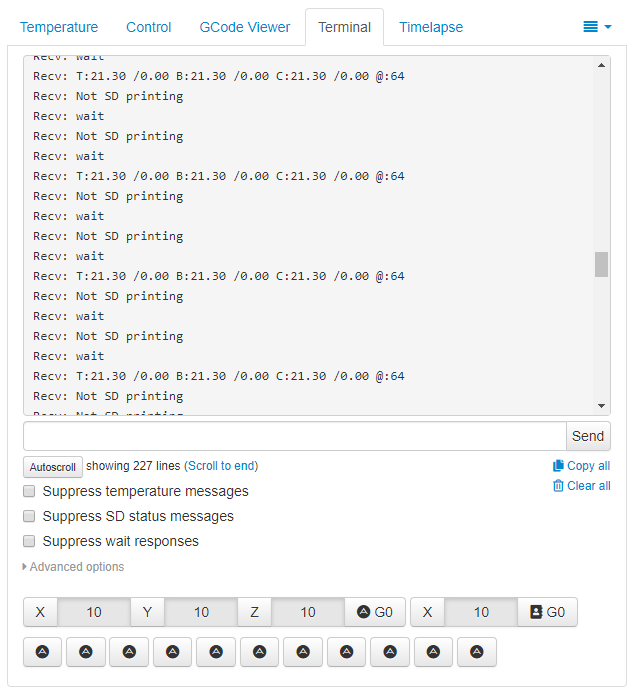

In this article, we have learnt how to count inode usage of your disk and also how to automate it using cronjob. If you don’t want to append the result of above command but overwrite it everyday, then replace > with > 0 10 * * * sudo df-i >/home/inode_usage.txt 2>&1 So you just need to open inode_usage.txt and check the last entry to get latest inode usage of your disk.
#Extfs terminal commands code
Refer to Live resizing of an ext4 filesytem on Linux (on The silence of the code blog). Personally, Ive installed a new terminal app called ITerm2 because I like it. The above command simply runs the df command every day at 10.a.m and appends the output to /home/inode_usage.txt. You can use fdisk to change your partition table while running. Most command line commands in Linux will also run in the Macos Terminal.app. $ crontab -eĪdd the following line to run the df command everyday at 10.a.m and save the output in /home/inode_usage.txt 0 10 * * * sudo df-i >/home/inode_usage.txt 2>&1 If you want to regularly count inode usage on your system, you can simply create cronjob for it. It is quite easy to get inode usage in Linux. $ sudo tune2fs -l /dev/xvda1 | grep -Ei 'inode count|free inode' If you have a single drive in the computer and you just connected a USB drive to it, there’s a good chance the exFAT file system will be /dev/sdb1 instead. This is the first partition (1) on the third device (c). In the example below, the device is located at /dev/sdc1. If you use Ext2/Ext3/Ext4 filesystem, you can also use tune2fs utility tool. Next, run the following command to mount the device. In the above output, the column IUse% indicates the inode usage in Linux. $ df -i /įilesystem Inodes IUsed IFree IUse% Mounted on

It will list inode usage of all disk partitions on your Linux system. You can easily check inode usage using df -i command, as shown below. It contains information about file such as access time, size, permissions, etc. Locate the preferred partition and confirm that it uses the NFTS file system. As an example, this is a proper way to use a command to format disk: diskutil eraseDisk UFSDEXTFS3 mydisk disk2. Next, verify the file system change using: lsblk -f. disk identifier looks like this disk1 and you can look it up in disk information or if you run this command: diskutil list volume name is a current volume name. The terminal prints a confirmation message when the formatting process completes. Inode is a data structure created when a new file/directory is created on your disk. Run the mkfs command and specify the NTFS file system to format a disk: sudo mkfs -t ntfs /dev/sdb1. In this article, we will look at how to check inode usage in Linux. Sometimes you may need to check inode usage on your disk. This option allows you to set priority of I/O operations submitted during a commit operation. For RAID5 this number should be equal the RAID chunk size multiplied by the number of disks. If your Linux system runs out of inode numbers then you will not be able to create new files & directories on it, even if there is disk space. This option allows you to specify the number of file system blocks allocated for a single file operation. Every disk partition has a fixed number of inode numbers assigned when the partition is created. Inode number is a unique identifier for files & directories in Linux.


 0 kommentar(er)
0 kommentar(er)
